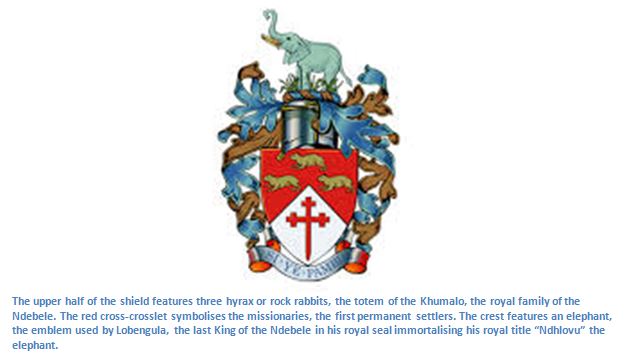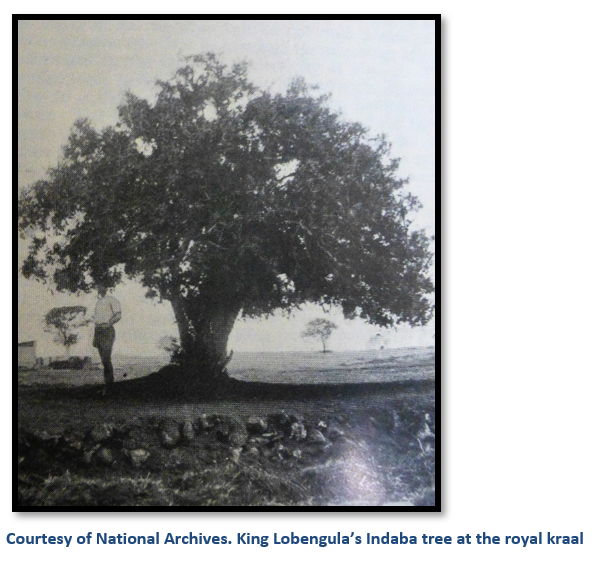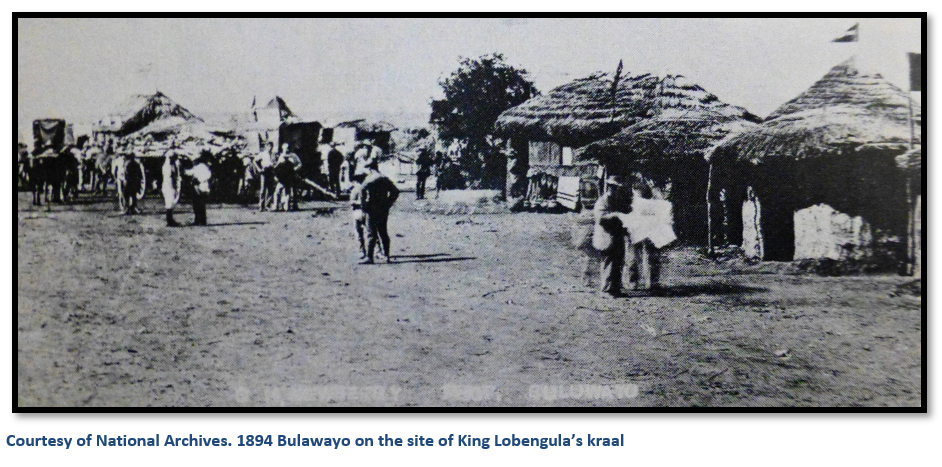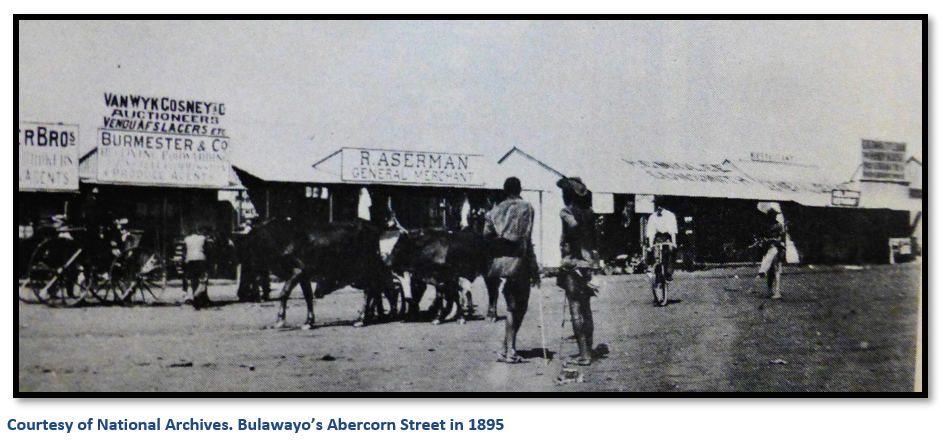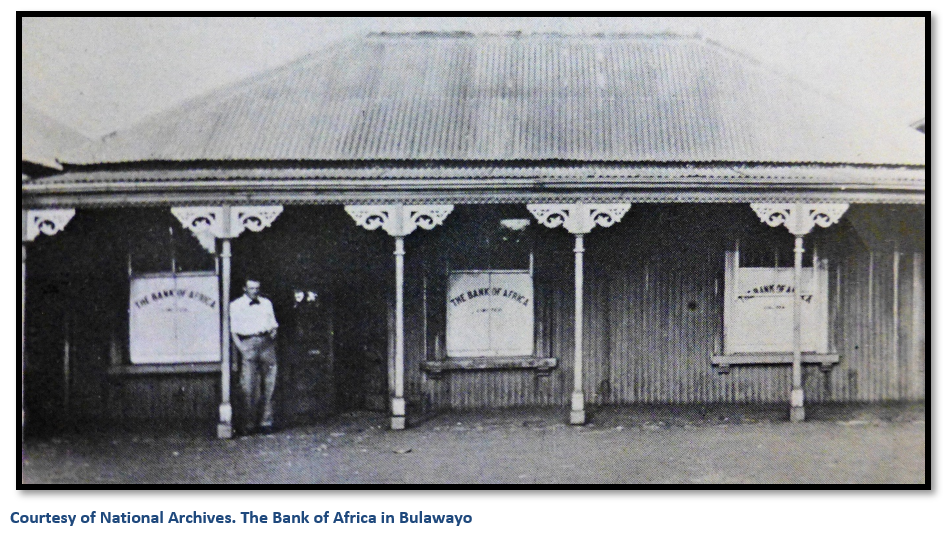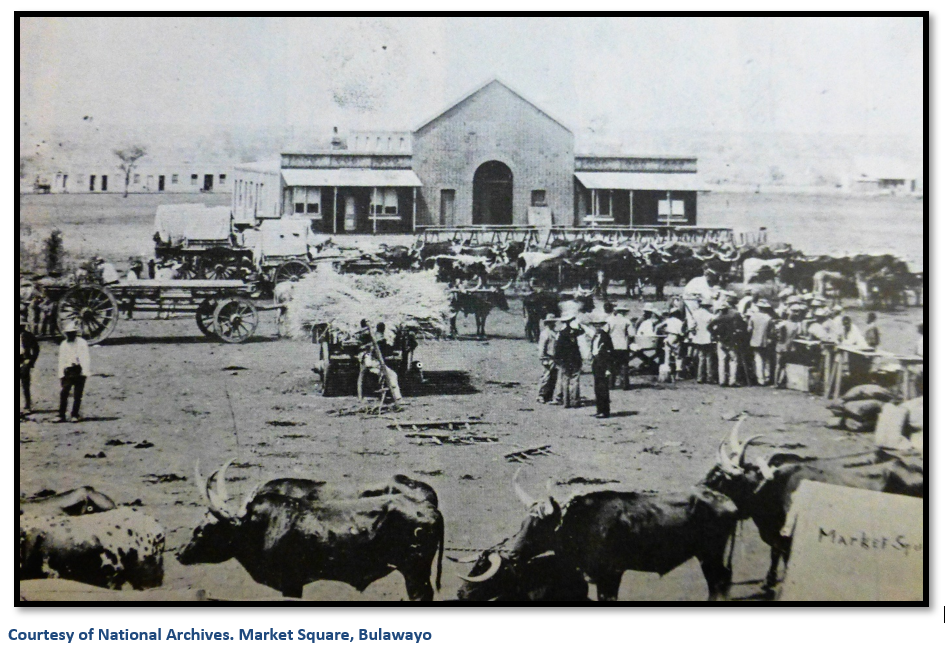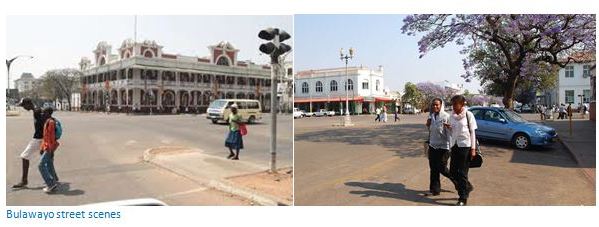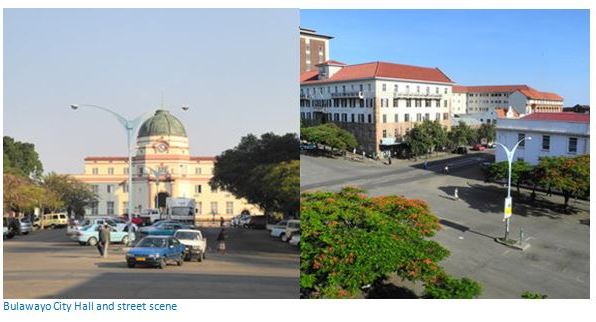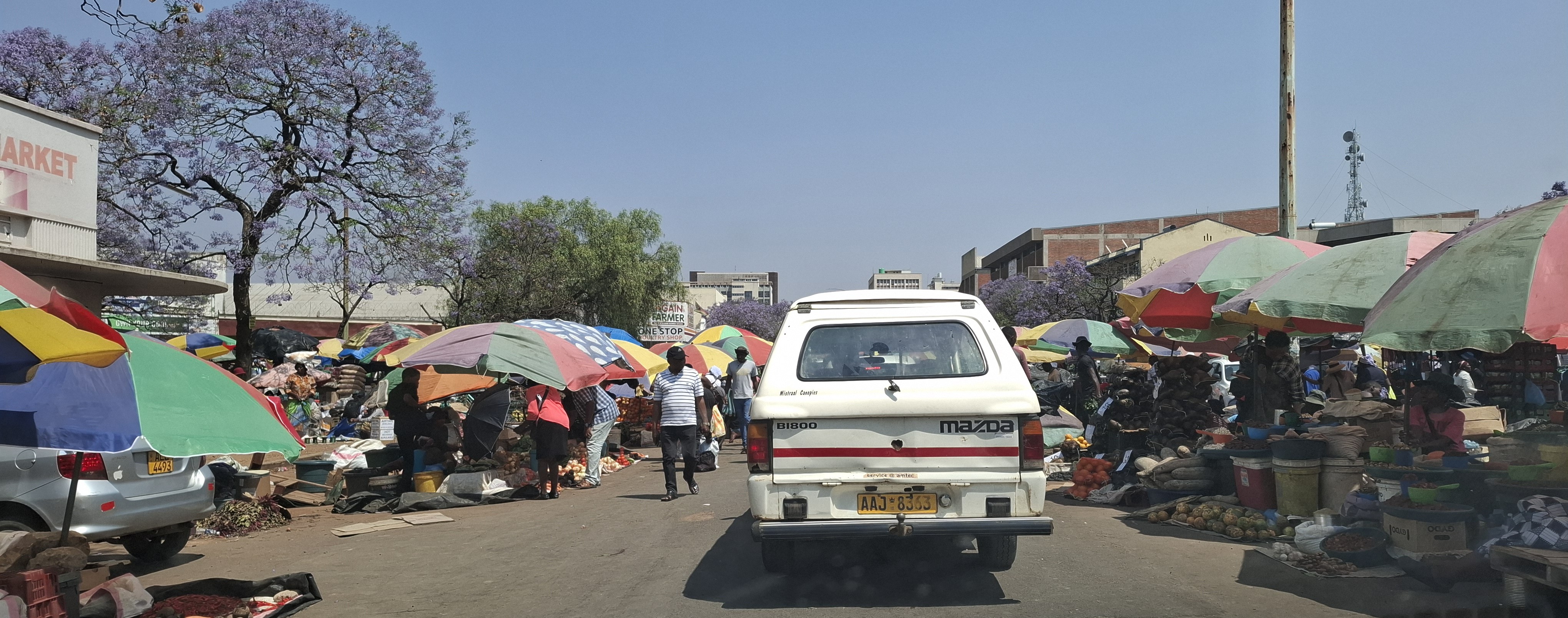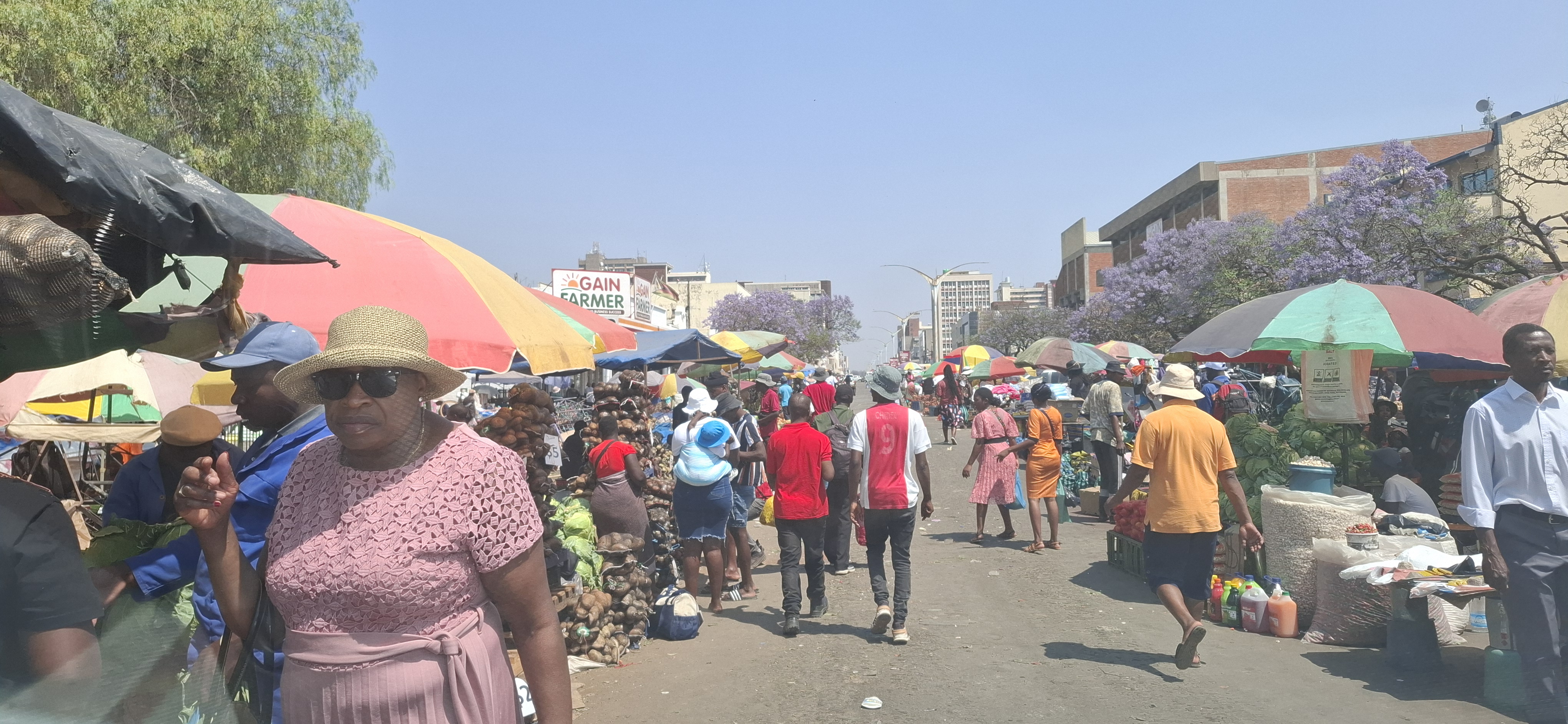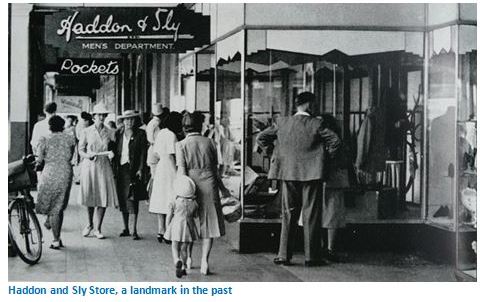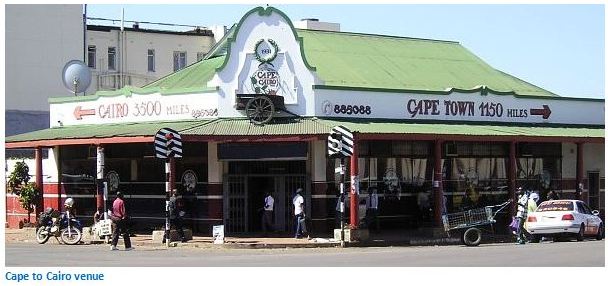Bulawayo, Zimbabwe's second city
Bulawayo is a city rich in cultural history and a definite must visit for anyone coming to Zimbabwe as many visitor attractions are sited in the area.
It is one of the oldest and historically most important of Zimbabwe's towns. Certainly visitors cannot say that they have experienced the full range of Zimbabwe's diversity if they have not been to this relaxed city in the southern western part of the country of Zimbabwe.
Bulawayo is one of the country's most attractive cities and a major transport hub for Southern Africa.
Since independence its economic and political status has declined seemingly as a deliberate strategy, but as a visitor attraction Bulawayo is in many ways more attractive and interesting than the capital, Harare.
By Road
Bulawayo from Gweru is 164 kilometres on the A5; Harare is 439 kilometres.
Beitbridge is 310 kilometres from Bulawayo on the A6.
Victoria Falls is 439 kilometres on the A8 from Bulawayo.
Plumtree is 100 kilometres from Bulawayo on the A7.
Mutare is 577 kilometres from Bulawayo on the A5 and then the A3
Mutoko is 582 kilometres from Bulawayo on the A5 and then the A2
By Air
From Johannesburg there are daily Bulawayo flights available originating from OR Tambo International Airport in Johannesburg. Air Zimbabwe runs a daily flight between Harare and Bulawayo in the morning and in the evening. It is also possible to fly from Johannesburg direct to Harare and then connecting from Harare to Bulawayo.
There are direct flights to and from Harare and Victoria Falls to Joshua Nkomo International Airport in Bulawayo.
By Coach
The two most commonly recommended bus companies running daily services from Johannesburg to Bulawayo are Intercape and Greyhound. There are many other bus companies on the route. Bookings can be made online. The journey costs $40-50 on high quality luxury coaches.
A daily bus runs between Gaborone and Bulawayo, operated by Seabelo Transport.
Pathfinder has a daily luxury coach service operating between Harare and Bulawayo. They also have a 3-times a week service between Victoria Falls and Bulawayo.
By Train
Trains run every day from Victoria Falls and Harare to Bulawayo. The trips are slow, but cheap. First-class generally has 4 bunks per compartment, second class generally has 6, but there are special "half compartments" with 2 and 3 bunks respectively. First class comes with bedding provided but not second class. The train is usually without electricity, so a torch is a must, as after 18:00 it becomes quite dark inside of the train.
By Minibus
Minibus taxis run from the township outside Victoria Falls to Bulawayo in the very early morning and take approximately 7 hours.
Bulawayo is Zimbabwe’s second largest town after the capital Harare; it is twinned with Aberdeen in Scotland and located in the southwest of the country. Home to more than a million people it is the hub of the province of Matabeleland which comprises the whole of western Zimbabwe from the South African border in the south to Victoria Falls in the north. It is a relaxed, attractive and atmospheric city of tree-lined streets and avenues, beautiful parks, an air of shabby gentility and until recently was Zimbabwe's industrial capital. Bulawayo offers a significant contrast to Harare as it consists of a mixture of slowly fading Colonial houses with wide verandas and many of its old public buildings including the City Hall (where the flower sellers congregate, as well as basket and crochet vendors) Bulawayo Club, the High Court and the Railway Station which are maintained as heritage sites and a mix of low-rise and high-rise buildings. Beautifully laid out and extensive parks and broad boulevards edged with Jacaranda trees originating in South America which in spring (September / October) burst into bloom in their characteristic purple-blue colour and are completely covered in flowers. In the wide streets sparkling-clean limousines parked side by side with dusty safari vehicles; wide, tree-lined streets and suburban lawns make it hard to believe that the Kalahari Desert lies over the Botswana border at nearby Plumtree; it makes Bulawayo a city of fascinating contrasts. Photographs from Bulawayo's early days The most interesting aspects of the city for international visitors are probably the country’s main museums, The Museum of Natural History, the Railway Museum, the National Art Gallery and the Bulawayo Amphitheatre. The annual Zimbabwe International Trade Fair is also publicized as one of the city's major tourist attractions. Centenary Park and Central Park are adjacent to each other and provide forty-five hectares of green shade in the city centre with Central Park boasting of Zimbabwe's largest ornamental fountain which was erected to commemorate the city's seventy-fifth birthday in 1968 along with a miniature railway, an aviary, a botanical garden and the municipal campsite, Bulawayo's Theatre and the Museum of National History are to be found in Centenary Park on Samuel Parirenyatwa Street, east of the Bulawayo Publicity Association. What to do and see: activities in Bulawayo Bulawayo, like Masvingo in the Lowveld, is primarily a stopover on the way to nearby places of interest, but there are plenty of activities and places to visit for visitors.
Historical and Economic development of Bulawayo Bulawayo was the capital of the Ndebele State when Lobengula, son of the King Mzilikazi, ascended to the throne. Lobengula’s initial royal town, established in 1872, was located about 14 miles to the south of the present day city, on a ridge dominated by the Thabas Inyoka - “hill of serpents”. This town is known as "Old Bulawayo." The locality of the modern Bulawayo city was chosen by King Lobengula and he also named his royal town Bulawayo, which is the Ndebele word for “the place of slaughter, or the killing place”, referring to the bloody fights here at the time of Lobengula’s accession. On 4 November 1893, a tattered Union Jack flag, in whose centre was emblazoned the lion emblem of the British South Africa Company, was raised to signify the capitulation of Bulawayo and the successful conclusion of the 1893 Matabele War and this day represents the official founding of Bulawayo as a town. The British South Africa Company led by Cecil John Rhodes defeated the Ndebele during the First Matabele War in 1893. Bulawayo then became a flourishing town of traders, prospectors and European settlers, but the Ndebele were increasingly exploited and discriminated against, which combined with other factors such as drought and rinderpest killed many Ndebele cattle and led to a brief bloody uprising in 1896 known as the Matabele Uprising, or Umvukela. Like a phoenix, the present day multi-ethnic City of Bulawayo rose on the remains of King Lobengula's capital, with its wide tree-lined roads, the original streets were constructed so as to allow a team of sixteen oxen to make a full turn. The arrival of the railway put Bulawayo on the map in 1897 and it remains a transport hub today with its railway connections to Zambia, Botswana and South Africa. Bulawayo used to be an important hub of Zimbabwe’s transport and economy and was home to many big businesses and industries including metal engineering, heavy industry, food processing and textiles. Its industries have suffered badly from low investment and the general economic malaise affecting Zimbabwe. In 1897, the new town of Bulawayo acquired the status of municipality, Col. Harry White became the first Mayor and in 1943, Bulawayo became a city. The majority of the population of Bulawayo belong to the Ndebele ethnic and language group, who descend from a 19th century Zulu migration and are a minority in Zimbabwe. It is a multicultural city with most residents able to speak at least three languages including English, Ndebele, Kalanga, Sotho, Nambya, Tonga and Venda. In the war of liberation in the 1970's, Bulawayo was closely associated with the ZAPU forces, led by Joshua Nkomo. However after Zimbabwe’s independence in 1980; ZAPU, Joshua Nkomo and indeed Bulawayo were all effectively side-lined by Robert Mugabe and his more powerful ZANU PF party – who count Harare as their home city. Even today, Bulawayo remains very much less important in the government’s eyes to the capital, Harare. The breakdown and decline of the railway system and many companies moving their operations to Harare have deprived Bulawayo of its economic importance resulting in deterioration of wide parts of the infrastructure and a decline in service delivery. Fuelled by this crisis, unemployment rates in Bulawayo have been rising, and many people have returned to rural homes to carry out farming, mining and working on the black market to survive. The most recent bloodshed was in the early 1980s when President Robert Mugabe, a member of the ruling Shona tribe, violently suppressed Ndebele dissent. In addition to discrimination against the Ndebele people, other longer existing factors such as the lack of a reliable water source have added to Bulawayo’s problems.
Geography of Bulawayo Bulawayo is situated near the watershed between the Zambezi and the Limpopo drainage basins and slopes gently down to the north and north-west; although the southern suburbs are quite hilly merging into the rocky Matobo Hills. With an altitude of 1,350 metres above sea level and mostly cooled by a prevailing south-eastern wind, Bulawayo enjoys a very agreeable subtropical climate. Transport Bulawayo has a key location on Zimbabwe’s road network and good air links to Johannesburg. Ø Local taxis are light blue and normally charge about US$1 per kilometre and a journey from the train station to the city centre should cost $4. Ø Bulawayo has an informal bus system using minibuses to take people around the city with most single journeys costing R5 (five South African Rand). Ø A train runs once a day from Victoria Falls to Bulawayo taking about 14 hours; first-class has four bunks per compartment and bedding is provided; second class generally has six bunks and no bedding and there are special "half compartments" with two and three bunks respectively. Ø Minibus taxis run from Victoria Falls to Bulawayo in the very early morning and take approximately 7 hours. Ø Daily coach services run between Johannesburg to Bulawayo on high quality luxury coaches and bookings can be made online. There are also daily bus runs between Gaborone and Bulawayo. Ø There are daily luxury coach services operating between Harare and Bulawayo with less frequent services between Victoria Falls and Bulawayo. Before the collapse of Zimbabwe's rail infrastructure, Bulawayo was an important transport hub providing rail links between Botswana, South Africa and Zambia, and promoting the city's development as a major industrial centre. The city still contains much of what remains of Zimbabwe's heavy industry and food processing capability. There is plenty of opportunity for shopping, just head out of town along the Old Falls Road to the Mzilikazi Arts and Crafts Centre which offers a range of locally crafted souvenirs such as sculptures, basketry, pottery, beadwork and woodwork. The Bulawayo Centre is a modern shopping centre with chic clothes shops, an internet cafe and a cinema. Ascot Shopping Centre has a supermarket and other general convenience shops, a restaurant and bar, and curios. Zonkizizwe Shopping Complex (Bradfield Shopping Centre) is on Hillside Road and has a supermarket, bar, gift shop, boutiques, nursery and other shops. Haddon and Sly Mall, Fife Street, 8th and 9th Avenue (opposite the Small City Hall entrance) has a total of four floors with a supermarket, gift shops, stationery shops, clothing boutiques and restaurants. Ivory Kraal on Fife Street Extension, Doncaster Road, Belmont East, Bulawayo has a curio shop with an array of African themed items from jewellery, wooden carvings, statuettes, cow-horn and warthog tusk items, paintings and pottery and more. Places to eat are numerous and varied reflecting a wide variety of cultural tastes. Bonne Journee is not very French, but has reasonable meals. Bulawayo Athletic Club on 12th Avenue / 3rd street has a great bar with light meals, live music and drinks in a warm local atmosphere. Bulawayo Club on the corner of 4th Street and 8th Avenue is an old fashioned club with a wood-panelled bar and an open-air atrium serving wholesome and reasonably priced lunch and dinner meals. Cafe Baku in the centre of Bulawayo was once an enjoyable place for lunch and a drink, but it is now mainly a late night rowdy disco. Cape to Cairo on Takawira Avenue is a pub sometimes featuring live music and serves food. Cattleman Steakhouse on 12thAvenue / Josiah Tongogara Street is a long time Bulawayo favourite serving beef, chicken and occasionally fish, probably the best steakhouse in town. Haefelli's Bakery on Fife Street in Town offers an eclectic mix as a bakery offering various breads and pastries, a pizza shop, ice cream and sandwiches. A popular hang-out with the younger crowd and open until 10pm, but does not serve alcohol. Horizons in the town centre have a lounge atmosphere with a swimming pool on the terrace offering drinks and light meals. K & S Restaurant in Robert Mugabe Road has cheap and tasty local food. Mosaics in Kingfisher Road, Burnside, Bulawayo is located in the old Squash Club Bar within the Hornung Park Club and has been refurbished into a stylish and comfortable club for those looking to have a quiet drink, or dance all night and be merry in comfortable surroundings. La Plaza on 12th Avenue after Bulawayo Athletic Club is a deli and coffee shop with Mediterranean specialties. New Orleans Restaurant, Banff Road, Hillside has reasonable prices and good service. River Café on 12th Avenue after the Bulawayo Athletic Club has a lovely garden and is good for children. The Coffee Shoppe is at the National Gallery with a limited menu offers sandwiches, pasta dishes, and salads. The food is freshly prepared and good, but only opens for breakfast and lunch. The Pergola Restaurant, 22 Jaywick Road, Matsheumhlope, Bulawayo offers wholesome affordable food. Walkers Pub on the first floor on Bulawayo Centre shopping centre is a good place to relax and have a drink or two with friends. Where to stay in Bulawayo: Visitors can choose from a range of accommodation in Bulawayo as there are many hotels and guesthouses Upmarket Bulawayo Rainbow Hotel in the centre of town with a restaurant, the Holiday Inn has a tennis court and gym. Nesbitt Castle is a Bulawayo favourite for venues and marriages. Mid-Range Bulawayo City Lodge, 14th Ave/Fife Street has spacious en suite rooms and close is to the city centre railway station and International Trade Fair. Ebuhleni Guest Lodge, 42 Gladstone Road, Bellevue, offers executive type accommodation in a quiet suburb. Southern Comfort Lodge, 22 Jaywick Road, Matsheumhlope, is a ten minute drive from the centre of town on the Old Esigodini Road; the garden makes a peaceful and serene setting for a comfortable stay. Hornung Park Lodge offers thatched en-suite bungalows with a swimming pool and tennis court. Budget Berkeley's Place in Josiah Tongogara Road is close to Evelyn High Street and Central Police Station Cheap, comfortable accommodation is offered in twin rooms with a shower and sink, friendly staff and is close to the town centre, or pitch a tent in their lovely gardens. Burkes' Backpackers Paradise at 11 Inverleith Drive, Burnside offers affordable backpackers accommodation in dorms, double rooms, twin rooms and camping and a peaceful location, easily accessible by minibus from the city centre. Packers Paradise Lodge at 1 Oak Ave is located next door to the Bulawayo Athletic Club and has clean dormitory beds and private rooms with a full English breakfast included in price and are only a seven minute walk to city centre. The Youth Hostel, 3rd Street/Townsend Road, about 300 metres east of the Bulawayo Athletic Club is run by Anne and Lulu who keep a clean and quiet hostel with dormitories and private rooms.
|

